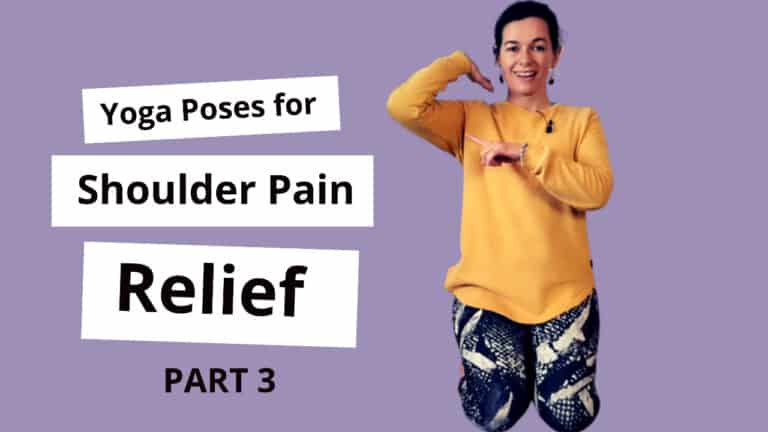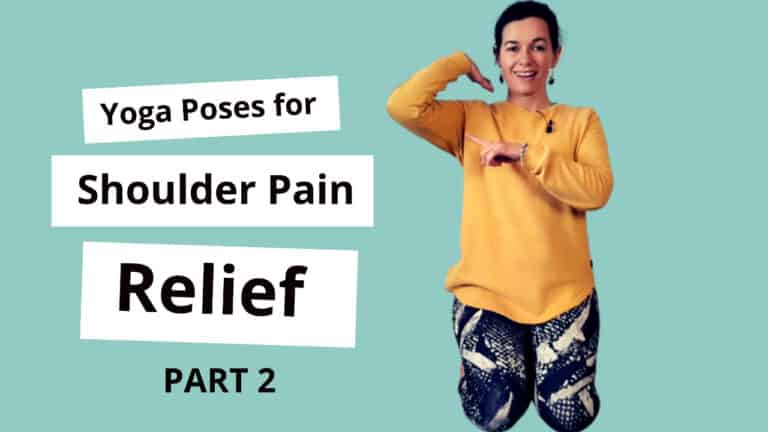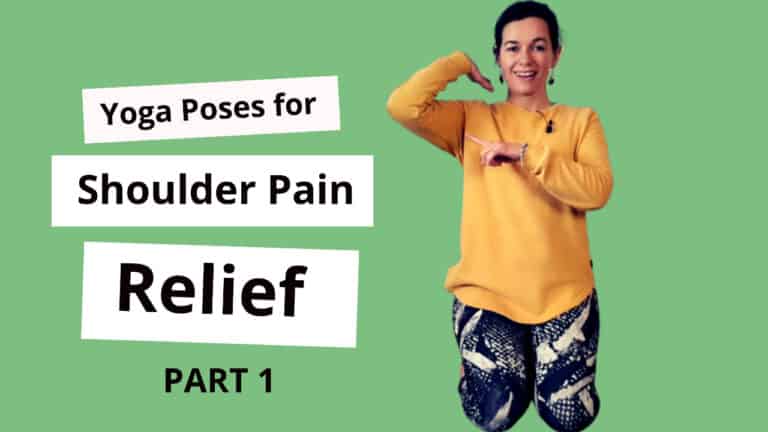This is a quick video on lower back pain and how it related to the amount of sitting that we do and the way we’re sitting. So ideally, we wouldn’t sit much, but just due to modern living, it’s really unavoidable. Sitting has become the new smoking. I think it’s one of the biggest causes of chronic pain in the body.
And we just do so much sitting – from the time we get up in the morning to have breakfast and then when we go into a car and drive or on a train and to our office. And then we sit at a computer desk all day and then come home. We eat dinner at a table and then sit down on the couch maybe and watch TV. So it’s a lot of sitting. And one of the things that can happen is when you do a lot of sitting, when you’re getting out of the chair, is that you get lower back pain – you’ll maybe get a twinge in your back.
So when you’re getting up out of your seat and you just get this pain and you almost feel you’re not going to stand up again.
And this because of the alignment of the sacrum, the lower back. So we have this bone at the back of the pelvis and it looks like a “keystone”. And if you can think of a keystone, if you imagine back in ancient times and ancient Rome, they built these massive structures, archways, and bridges that you look at and say, “Holy heck, how is this still standing?” And I mean, some of them are still standing from back in ancient times.
So it’s a testament to the engineering, but it really comes down to the support of the keystone.
And so if you think of this archway and right up at the apex of the arch way is this triangular-shaped stone that both sides of the arch fall into. And the keystone gets locked into place and it creates the stability that this archway needs to hold itself up and so people can go under it. You can have things going over the top of it and it stays stable. And the same thing that happens with the sacrum. So when you stand up, the sacrum gets locked into place and it’s there to create the stability, to help support you in this upright position.
But when you’re sitting, the sacrum falls out of alignment, it falls out of that that place of stability where it’s locked in place. And then you go to get up and you get pain in your back. And that’s another thing we’re going to talk about, actually, is how you get up. But if you… I read somewhere that if you sit in places where you can stand, that’s where you create the most stability. So if you think of standing on the ground, you’re stable so you could sit on the ground.
And they talked about how if you imagine that you “sit bones” at the bottom of your buttocks when you’re sitting are like your feet. And so how stable do they feel to help and support you? And so if you think of standing on a couch, it’s not very stable. So it’s not very stable for your sit bones. And you could sit on a chair like something a bit more rigid and that would create some more stability, will help you to sit more upright. Sitting on the ground, the same.
But you can use things as well to support you in a seated position, something like just a folded up towel, especially on a couch because the couch generally slumps back. And then you have got a lot of rounding that happens in the lower back. So you can just use this towel, or whatever you’re using, a blanket at the back. So you’re sitting and you feel like your sit bones are a little bit more stable there. And then you could use a cushion behind your back just to help you stay in a more upright position.
And you can do the same in your car as well, because the same sort of shape is in a lot of the cars. So having that support just at the back of the chair can help to just bring the pelvis forward rather than tilting backwards. And you’ll notice how this feels a lot more stable. The other thing I wanted to just talk about is then how you get out of the chair. Quite often when we’re on in a couch, we go to get up. We push down through our hands and that helps to propel us out of the chair. So we’re using that to help us out of the chair. But we’ve been given these really strong, big muscles at the backs of our legs and buttocks. So that’s what we should be using – these big muscles to help lift us up, rather than these small muscles in the hands and the wrists.
So if you think about pushing down through the feet and then using those muscles to lift you up – and you could think of it like if you picture a weight lifter, got weights on their back or upon on their shoulders, and how do they get out from a squat? They push down, they keep their spine nice and erect and then they engage those glutes, the hamstrings and use that to push themselves out of the chair, out of the squat. So you can practice this one by using a chair.
So especially if you’re not used to squatting, I would just start with just taking the hips back, bending the knees and just come down to a position that’s comfortable for you. And this is also really good for the knees. And just practice feeling these muscles through the back. So as you go forward, can you practice just squeezing the glutes, squeezing the hamstrings to lift you up? Then once you’ve done that a few times, then you try it by sitting down on a chair.
So you sit down, don’t use your hands and push down through your feet, engage the muscles and use that to lift you up. So, again, just practice that a few times and then eventually you can do that when you sit on a couch. So you’re sitting down on your couch and again, just pushing down through the feet, lifting up through the crown of your head and then engage the muscles.
So give that a try. Let me know how you get on and I will do some more videos on lower back pain and also different options for especially sitting on the ground and how you can change up your seated positions. But if you have any questions, just leave a comment. Otherwise, talk to you soon 🙂



